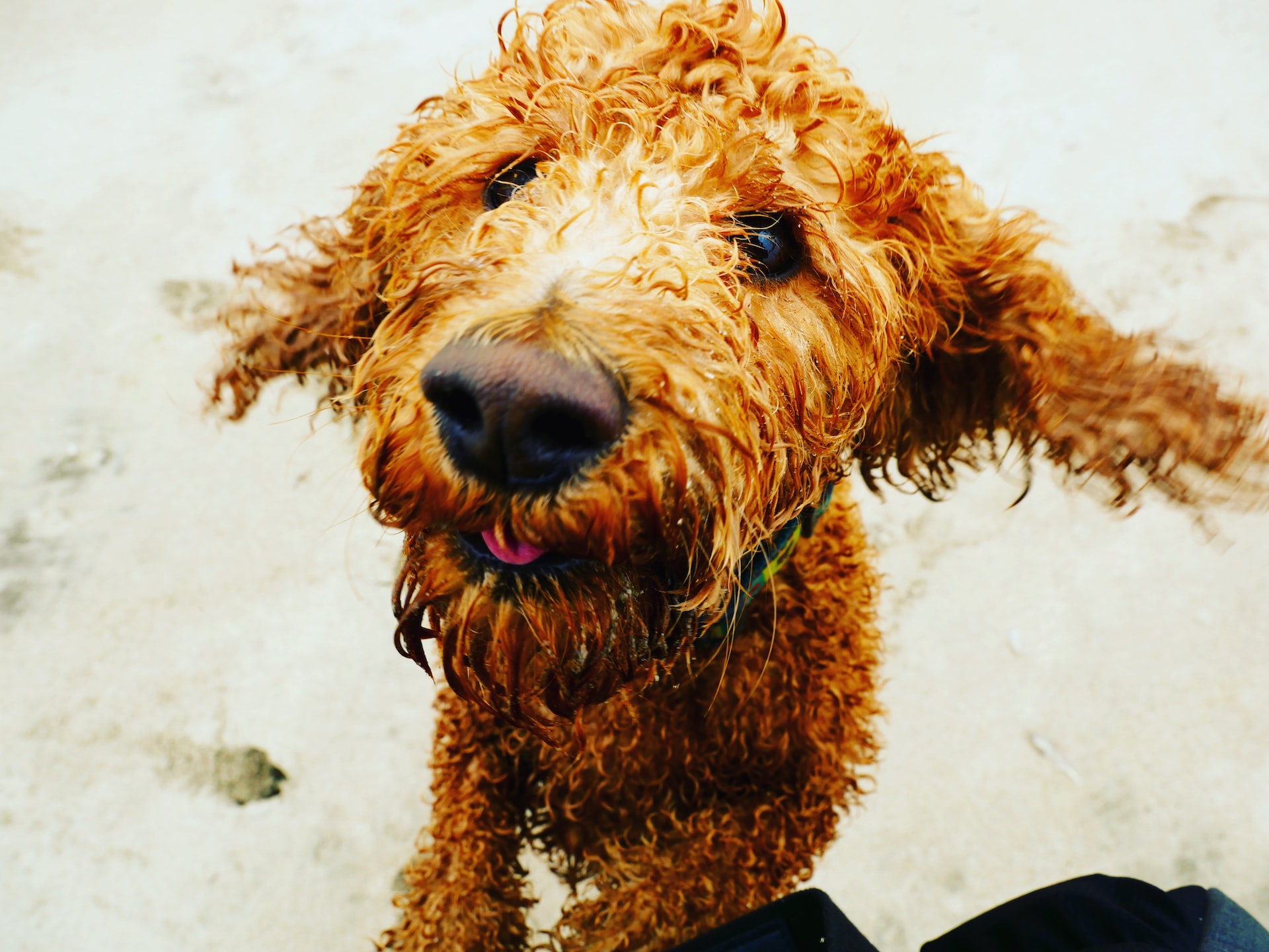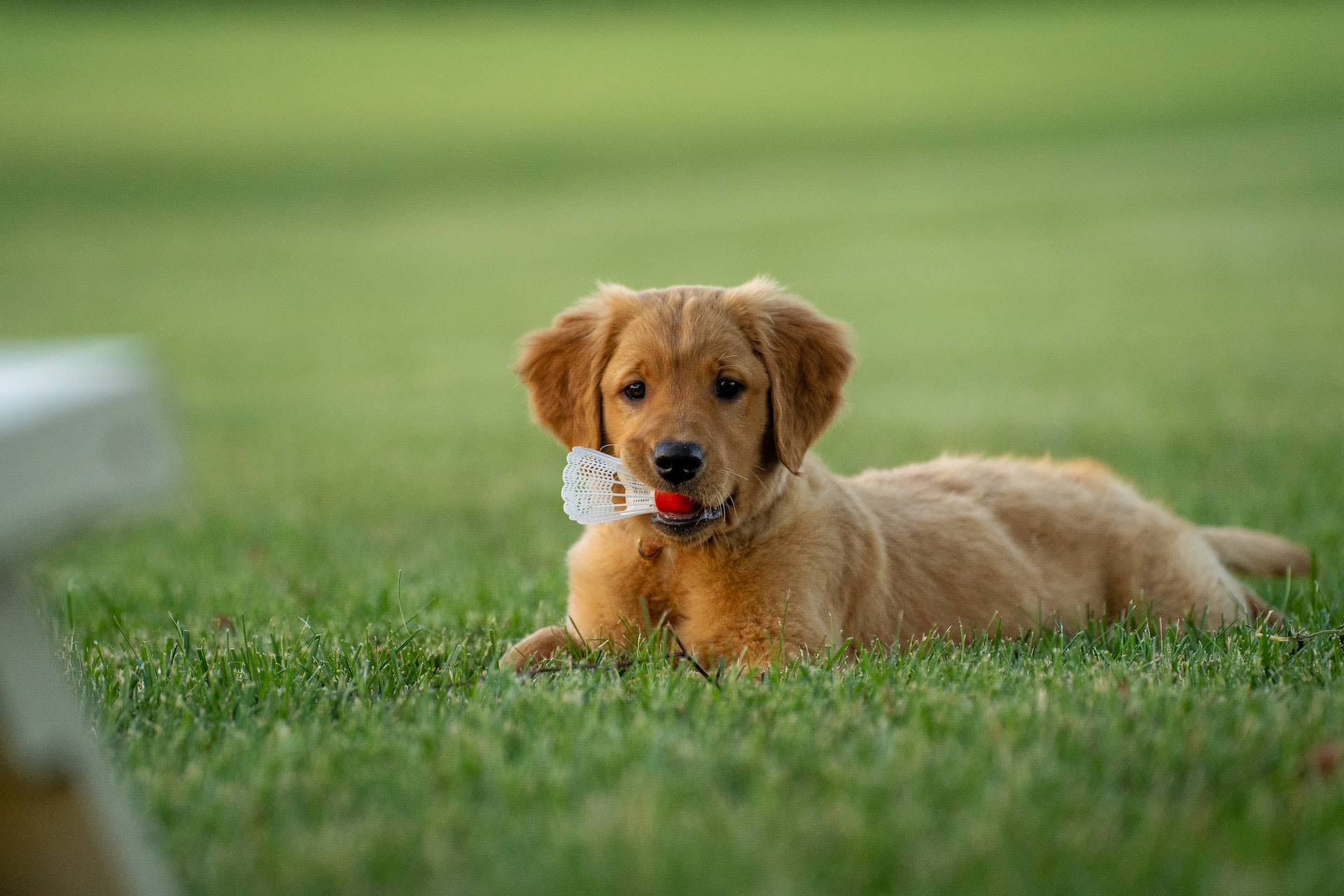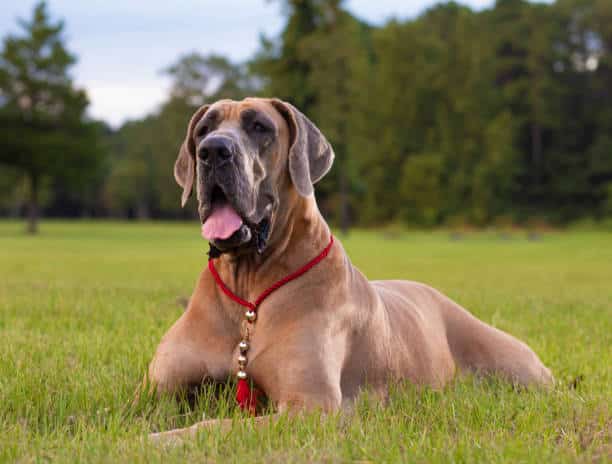
Ah yes. Leash reactivity. If your Great Dane is aggressive on leash, but not necessarily off-leash, this post is for you. Of course, some dogs

Ah yes. Leash reactivity. If your Great Dane is aggressive on leash, but not necessarily off-leash, this post is for you. Of course, some dogs

I’ll just come out and say it. I would never use a front-clip harness on a Great Dane. This shouldn’t be a controversial opinion, but

I don’t know about you, but I’m personally grossed out that people let their dogs drink from the toilet. It turns out though, that this

Bringing home a puppy is exciting and full of potential, but it’s also a big commitment that comes with many challenges. Before you bring your

There is nothing quite like coming home to a house that has been flooded with your furry friend’s urine or feces. While owning a dog

Happy New Year, Dane lovers! It’s time to make our list of 2023 Resolutions and this year I’m calling it “Do Better for Danes”. Here

Is your Great Dane marking in the house!? This nasty little habit can be a major headache for family life and the cleanliness of your

December is a popular time to get a new Great Dane puppy. I believe that a lot of this is related to the Holidays; puppies

The Holiday season is upon us, and if you have a Great Dane or especially a puppy, you may be worried about how to dog

Great Danes are giant breed dogs and if you’ve spent any time around them, you know they are both “Gentle Giant” and “Giant train-wreck!” If